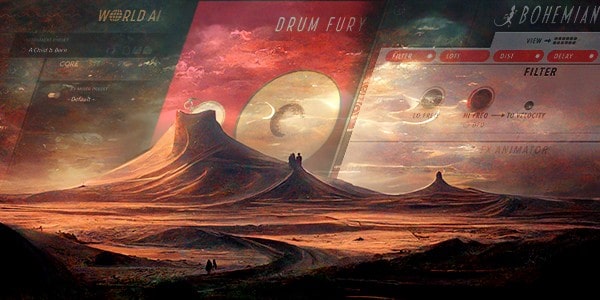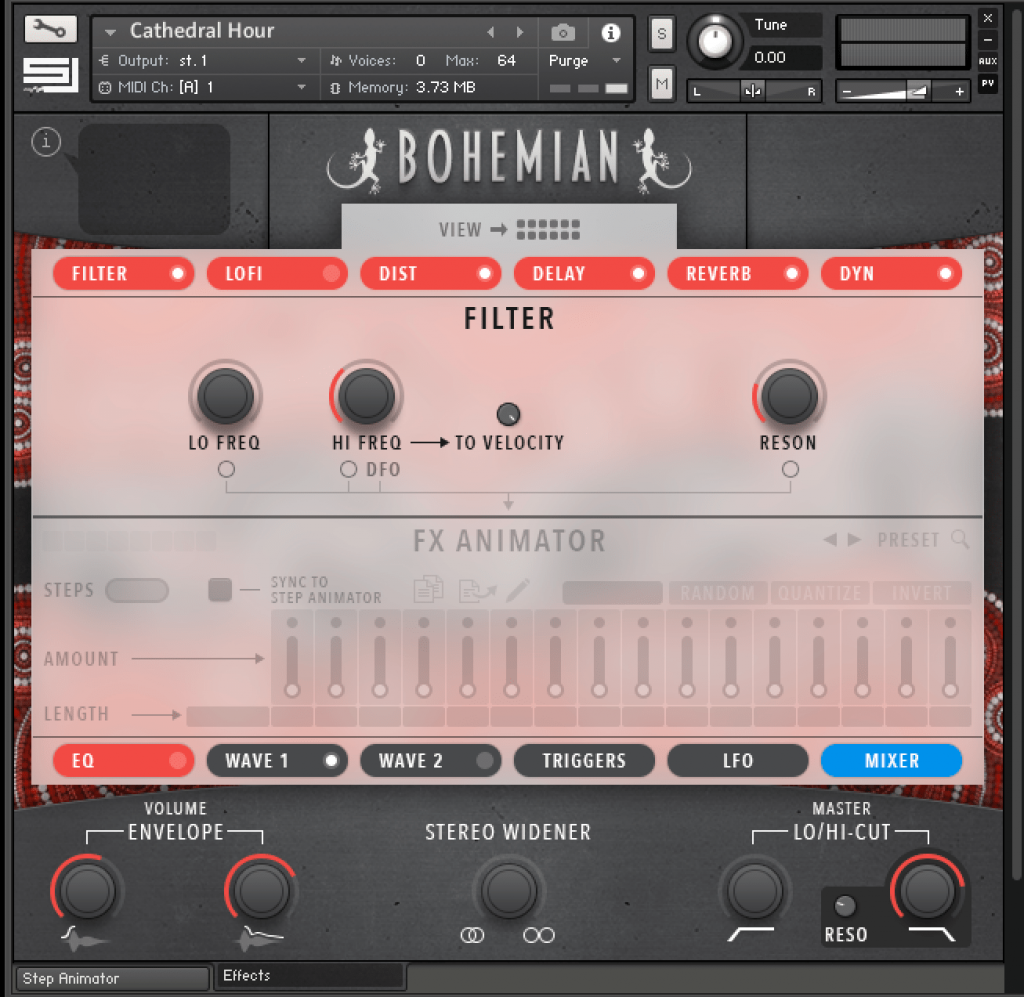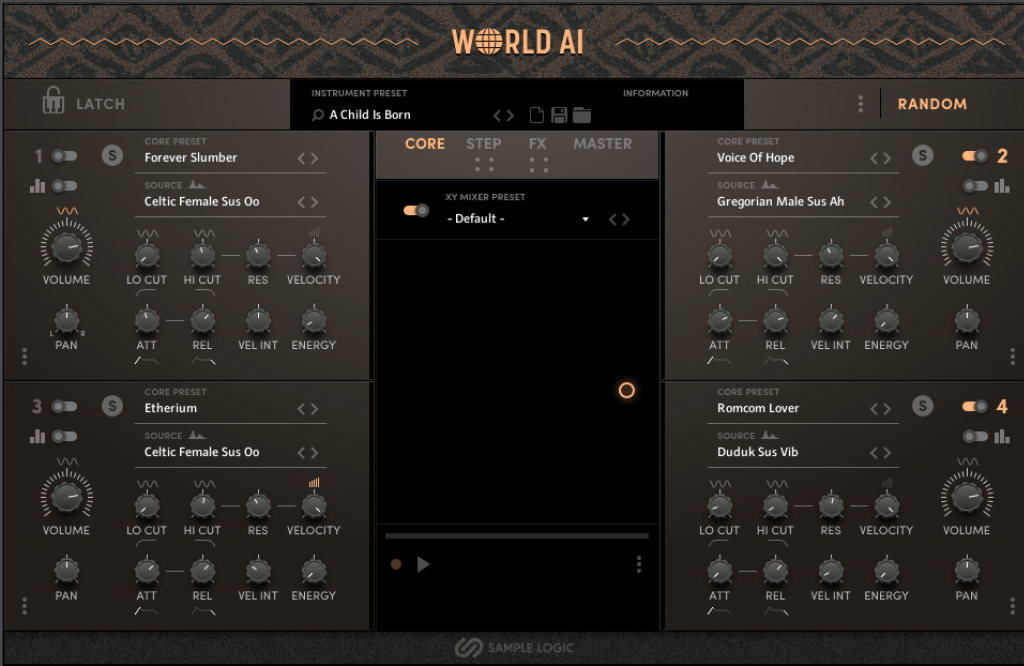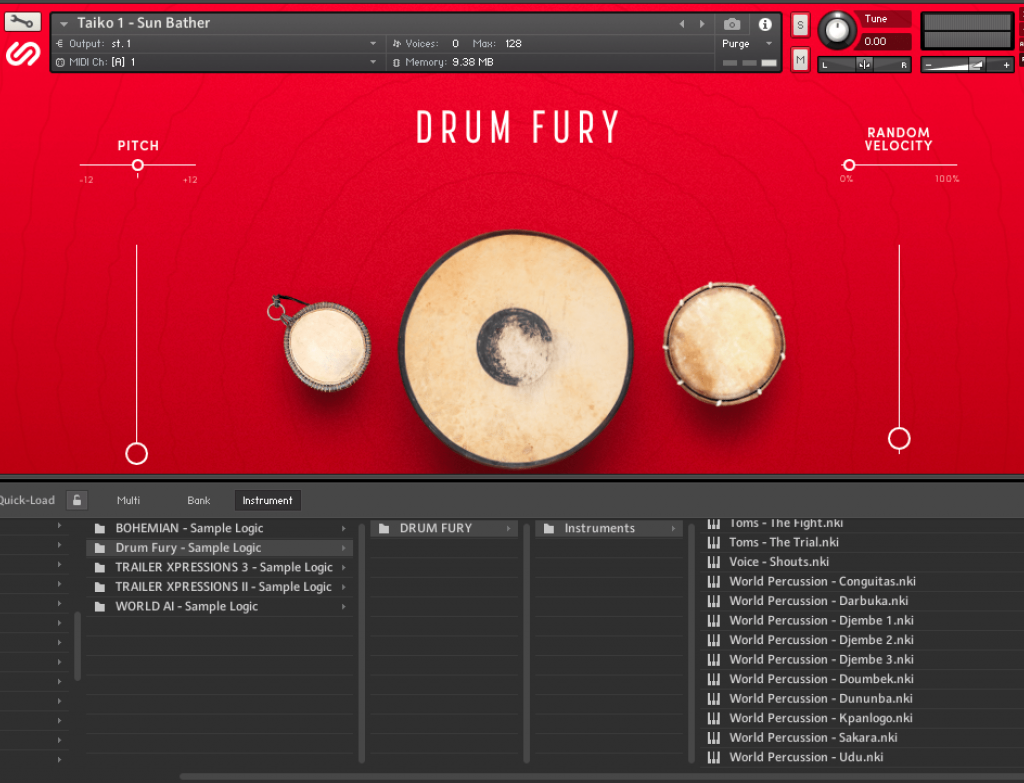Hello everyone, today I’ve put together something fun and hopefully (a little bit) educational! We’ve been brainstorming here at Sample Logic about what to do for our first blog video.
A common topic of discussion here is which recent films, video games, tv shows, and their accompanying scores we love and why we love them. We came up with the idea of using our favorite recent scores as inspiration and the possibility of channeling these scores using virtual instruments, samples, and our own imagination.
Granted, I wanted to offer something a bit more applicable to any composer who uses a DAW, even if you don’t currently own any products from Sample Logic. While I use three specific libraries here in this video, these ideas and techniques can be applied to any sound source, whether it be from any sample library or your own recorded sounds!
Hans Zimmer is arguably the most influential and iconic film composer of the modern era, with over 150 film scores to his name and two Oscar wins (for The Lion King in 1996 and Dune in 2022). Whether you are a fan or not, it’s irrefutable that his name is synonymous with Hollywood film scores.
While his early work was more traditional and thematic, his recent works have been more experimental, relying on evocative textures and soundscapes to establish mood, often going against the expectation of what a traditional orchestral score should entail.
The score for Dune was a great example of this – incredibly evocative, brooding, yet still bold and often beautiful, we decided to deconstruct some of the music from Dune and channel it using our DAW, samples, and the limits of our imagination.
We chose three libraries from Sample Logic to use – Bohemian, Drum Fury, and World AI, and I relied only on sounds from those libraries and whatever sounds I could record to create an original track inspired heavily by the opening track for the Dune score, Dream of Arrakis.
Before I started writing, I wanted a bit more background information on the score, its creation, and how Hans generally approaches writing. Here’s what I found out:
- The human voice is the main element for many of the tracks from Dune. A main plot point of Dune is the organization called the Bene Gesserit, and it’s members can make use of a power called “The Voice” to will others to do their bidding. Fun fact- Some often speculate that this is one of the elements which inspired Star Wars, specifically the Force Mind Trick. Other similarities include the desert setting of Arrakis and Tattooine.
- Hans often uses organic sound sources and synths to create a sound palette before writing the full score. It’s my understanding he records various instruments, playing techniques, experimental textures like bowing instruments that aren’t normally bowed, or famously using a razor blade to play the cello (The Dark Knight, 2008), etc. There are actually many versions of the Dune score available, one is even titled The Dune Sketchbook, and features extended cuts, B-takes, and other material cut from the final score. For more information regarding this, check out the Hans Zimmer Masterclass available online.
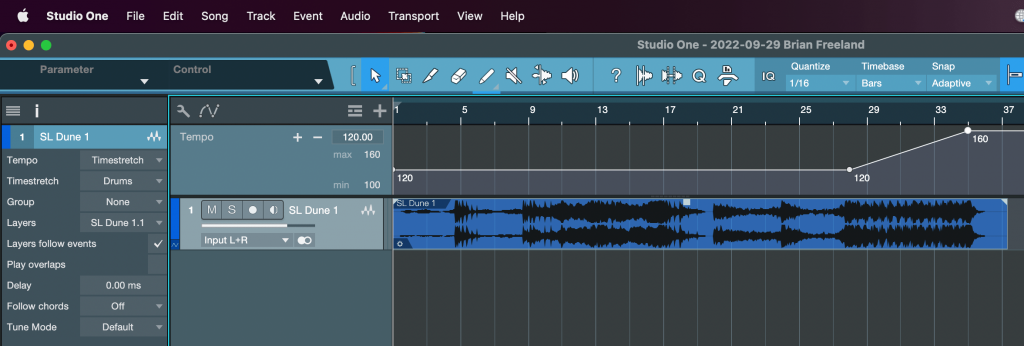
In creating this track I made heavy use of filters and reverb – low pass filters to create swells and add resonance, and reverb sends to create a HUGE sense of space and ambiance. I chose samples that heavily featured the human voice as a source, as well as some bowed cymbal textures and some intense drums. All of these add to the “otherworldly” feeling of the Dune score.
Finally, I wanted to make it a bit more unique and special, and using what I learned as inspiration, I tuned my Yamaha FG-330 acoustic guitar down to G (the key of the song) and used a bow to bow the lowest string. It created a very metallic, eerie, resonant tone that fits perfectly with the soundscape I was trying to create. Then I recorded my voice, doing my best attempt at throat singing, and pitched my voice down an entire octave using Melodyne in Studio One. It took a natural, human sound source and made it very strange and other-worldly.
The last step was exporting the entire audio track and making a new project, and time-stretching the final section from a tempo of 120 bpm to 160 bpm. (Just make sure you’ve enabled time-stretching in your DAW.) This gave it that heightened sense of tension as it built to a fever pitch and finally ended the song with a long, intense reverb tail!
